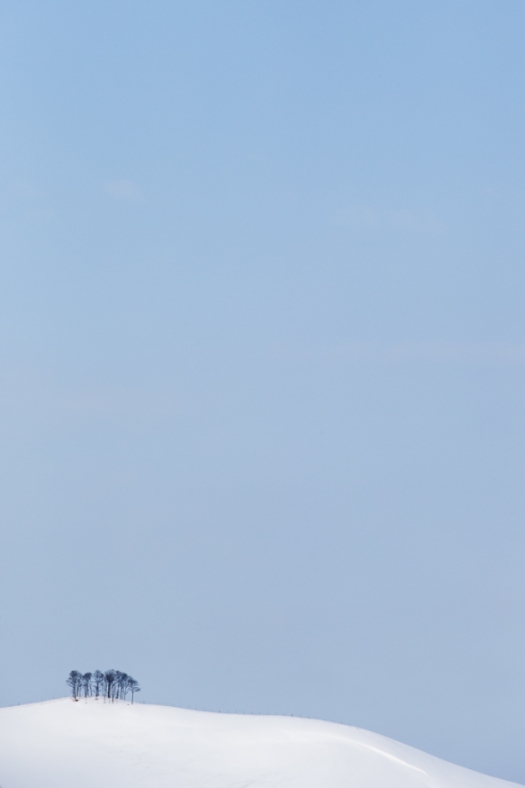I am just about moved into my new office which while exciting means that I have piles of magazines and books that I have to sort through, organize and get on bookshelves in a semi-logical order. It’s more work than I would like it to be and also means that in the interim I have to hunt for books that I need for reference.
I was recently looking, unsuccessfully I might add, for some books on alternate processes when I came across Terry Barret’s ‘Criticizing Photographs’. I’ve read and reread ‘Criticizing Photographs’ multiple times over the years and struggled each time. I feel that it’s not that complicated and yet continue to struggle. On this visit I found an interesting equation buried in one of the chapters:
Meaning = Subject Matter + Medium + Form + Context
While I’m not going to argue whether this is right or wrong it’s useful to occasionally stop and think about how the choices that we make as photographers influence what we’re trying to say with our photographs. There are a couple of takeaways for me from this that mostly relate to context and medium that I want to dig at a little here.
By my own estimation much of the photography that I deliberately look at is in that collected in books. While this should have rung some bells for me it took the above equation for me to realize that the way that we present our work will have a significant impact whether we fully realize our intent for it. A single image from a series may work just fine but may not have the impact if it were seen as part of the larger project presented in a book. It also struck me that regardless of how you arrange images for a gallery show there’s still not the same strong physical connection between images that can be achieved by placing images on facing pages in a book. It’s not necessarily better, just different and certainly worth paying attention to as you’re developing projects.
The message is in the medium or not. Perhaps as much or more than most I can get sucked into the technical aspects of photography and forget that you’re supposed to actually be saying something. At the end of last year I took a brief detour into the world of photogravure. Even though I had read Brooks Jensen’s piece on testing the quality of inkjet prints against traditional photographic prints including photogravure the tactile experience I had with the Norman Ackroyd print I had recently acquired drew me on. That and the fact that what I knew about photogravure seemed to me to be ‘real’ printing and involved an element of craft that I had come to believe that making an inkjet printing lacks. I even went as far as meeting with a local expert to discuss how my photographs would translate to photogravures – her answer they wouldn’t. Too much open white space. The nagging feeling that I was chasing a gimmick pushed me to abandon the idea and focus on finishing something – any of the various things that I’ve started would be a good idea right about now. I wonder how many other people get sucked into a similar technology vortex, chasing something that doesn’t necessarily add to what they are trying to say.
I’d be delighted to hear what you have to say – add your voice to the conversation in the comments












